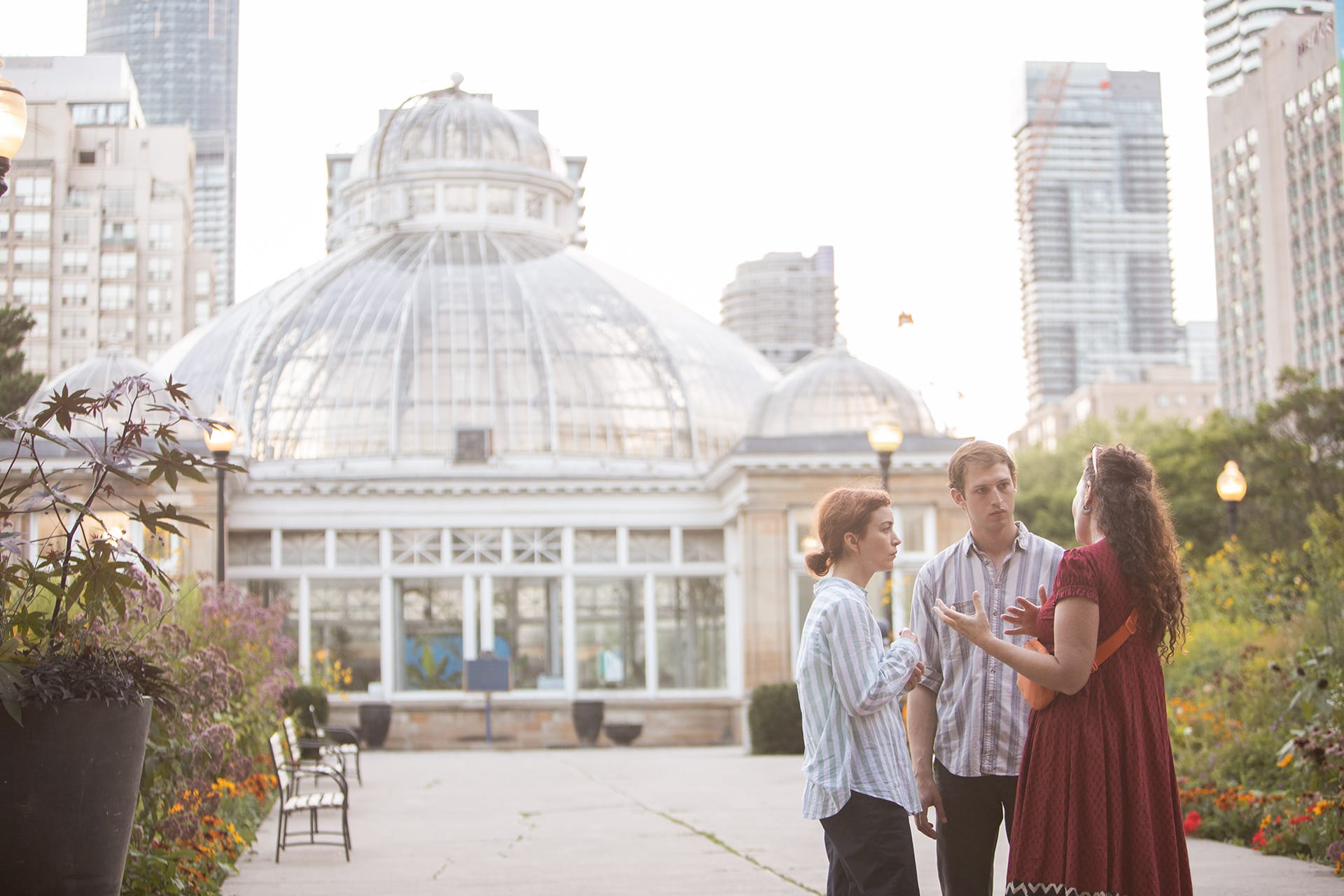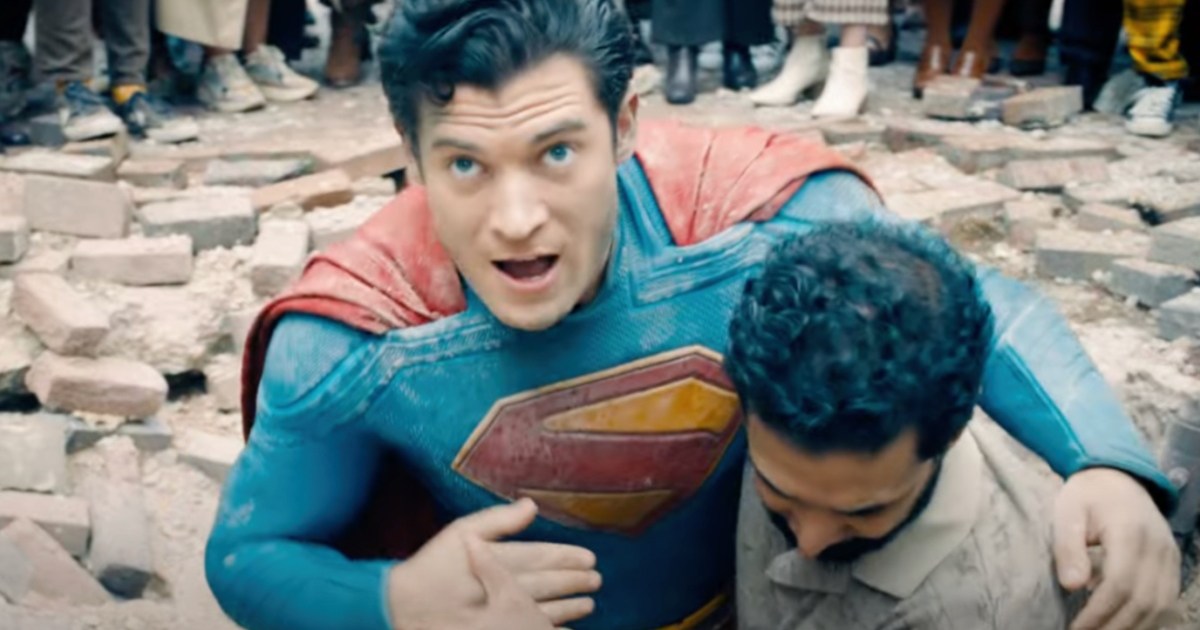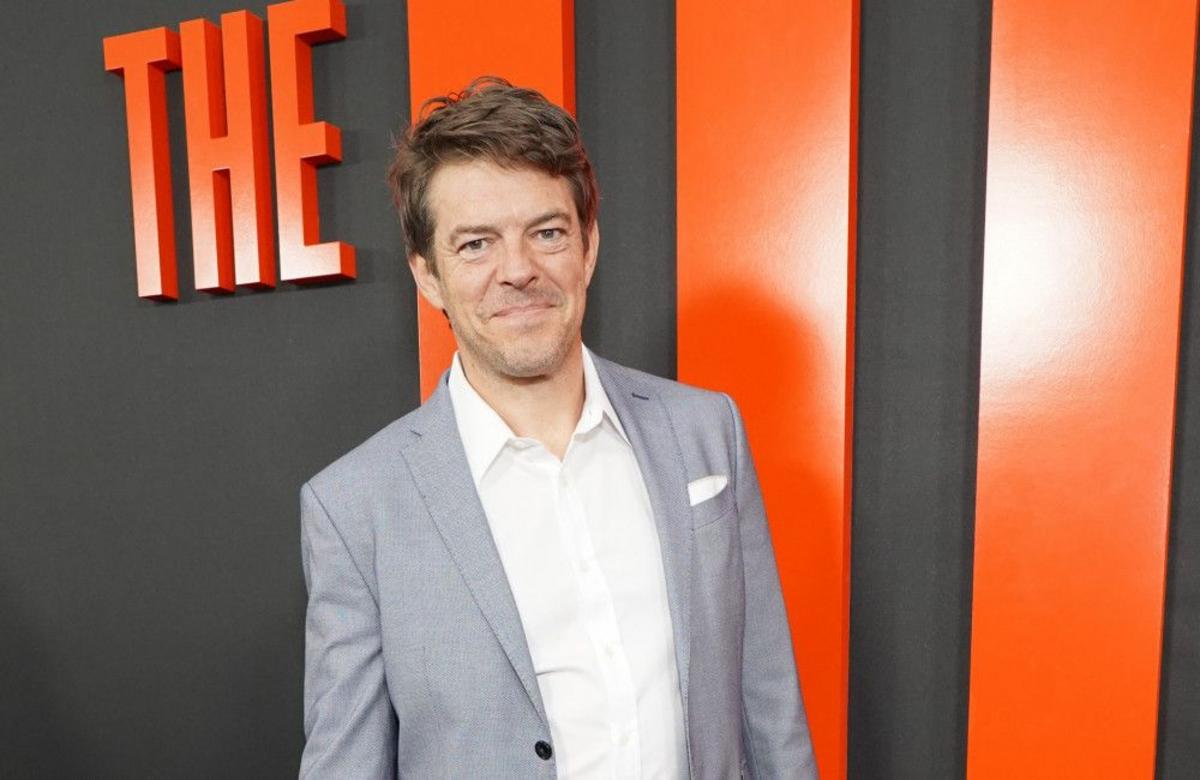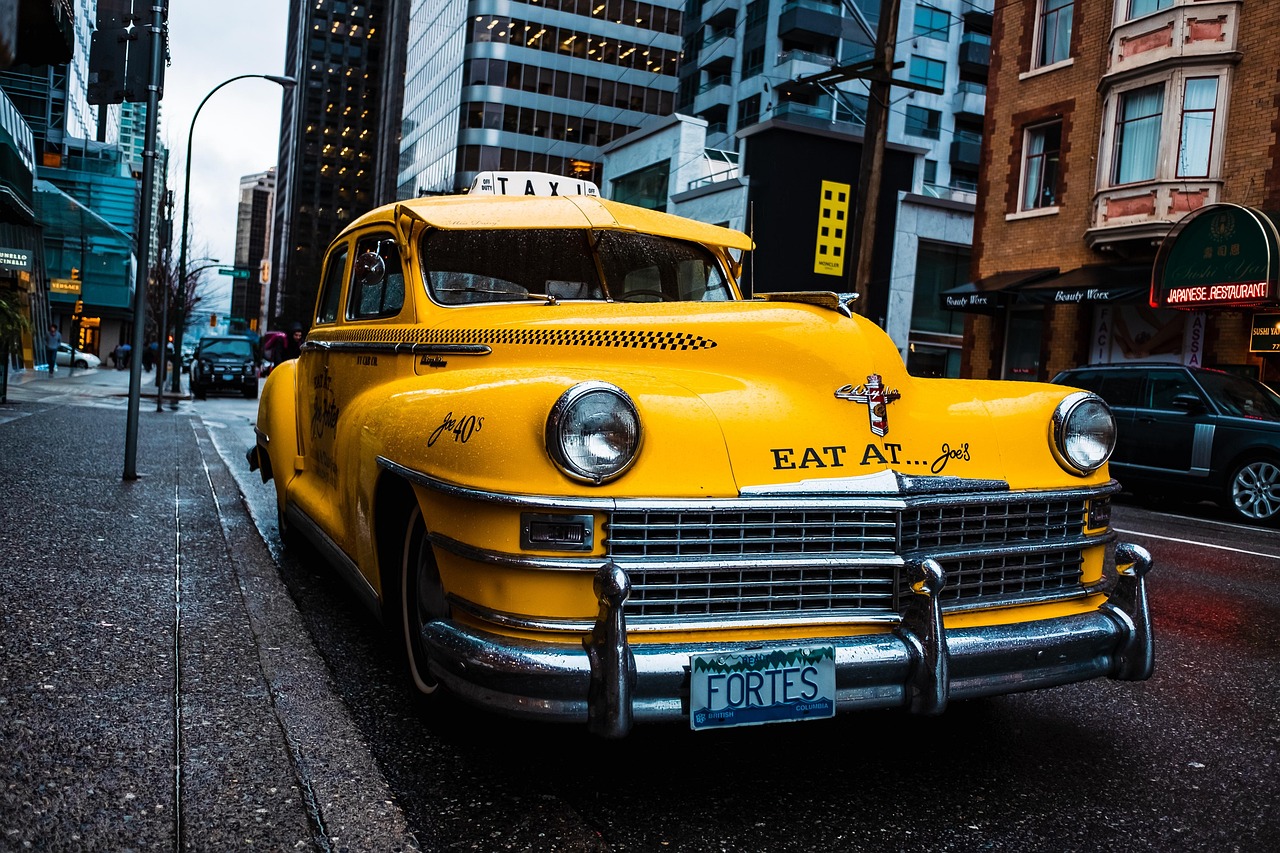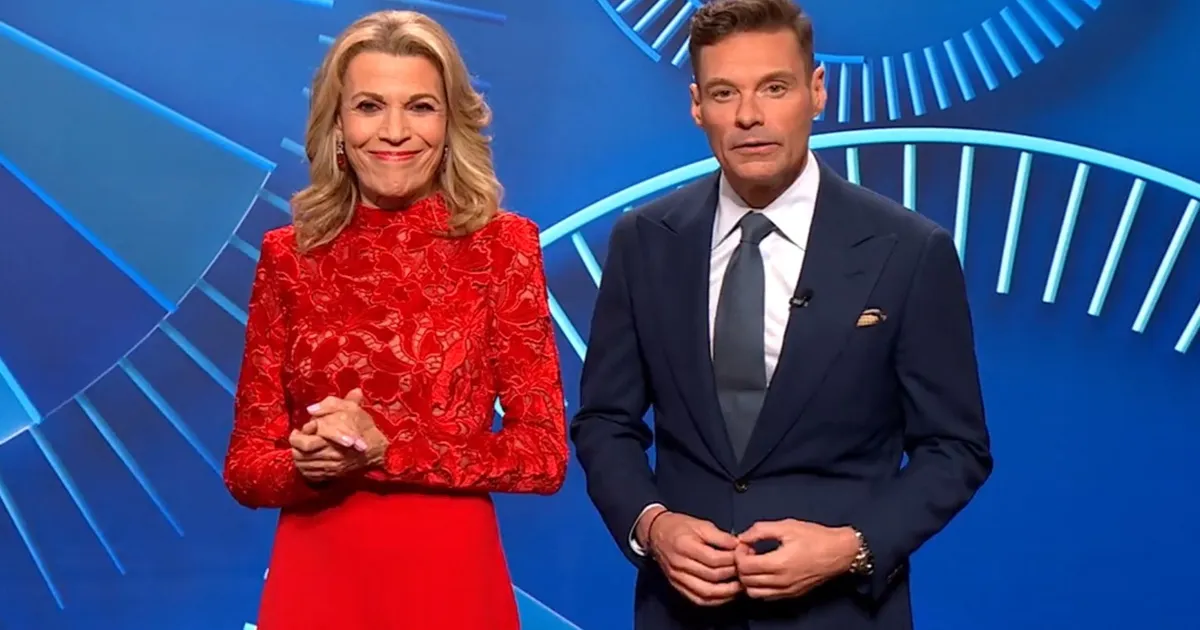Written by Billie Gagné-LeBel
Adapted from Toronto author Martha Baillie’s 2009 novel The Incident Report, Darkest Miriam is an atmospheric slice-of-life movie. It follows eponymous character Miriam, a deadpan librarian working at the Allan Gardens branch of the Public Toronto Library.
She’s going through life’s motions until a mysterious person starts leaving intriguing, threatening notes addressed to her in the library. Simultaneously, she starts dating a young Slovenian painter moonlighting as a cab driver, Janko, and learns to open up.
The film premiered at Montreal’s Fantasia Film Festival, where I sat down with writer and director Naomi Jaye to discuss this project that’s been in the works for over a decade.
Darkest Miriam is playing in select theatres now, including The Revue in Toronto on April 6, 7, 8, and 10, and Scotiabank Theatre.
I understand Darkest Miriam is your third adaptation of the original material, is that correct?
Naomi Jaye: “Not exactly, but I did adapt it differently. I made an installation as part of my master’s degree thesis. I first showed it in 2019. And then it was remounted in 2022 as a video installation again. It was at a theatre in Toronto. It’s a space you walk into, with nine screens, like a curated space. So it’s not like a traditional movie where you’re watching a screen. It’s an immersive experience.”
How did the installation shape the film?
“This project has been a very long process. I optioned the book 14 years ago, and then I made a film, The Pin, before I made this film. I got a grant to write the script, and then from that point, it took a very long time, about 10 years. So I had been with the story for a long time, and then I went into the masters and made the immersive project.”
“The act of doing that made me think about the project. It’s not a linear project to begin with. It’s like these tiny little moments in a woman’s life. And you see the accumulation of all of these, something momentous happens to her. So I started thinking, how can I tell the story differently? What would be more authentic to the shape of the book, which is not a narrative, linear story, it’s more like the small impressions and the small breadcrumbs and stories in someone’s life.”
“So this immersive experience was exactly that. It felt much more visceral, a tonal piece than an actual plot-driven story. So that affected what the film became. It’s not a linear story. It’s impressionistic and loose, it’s a collection of moments that make up someone’s life.”
How was it collaborating with the author, Martha Baillie?
“I met her 14 years ago, and we didn’t know each other, and since I’ve become very good friends. She’s actually here [in Montreal], which is lovely. She was on set whenever she could be during the shoot, but she didn’t participate in any way in the adaptation of the material. Still, she was an invaluable resource on site. She had a lot of information about libraries, she was like a consultant slash cheerleader on site, which was wonderful.”
Britt Lower plays Miriam. She has a magnetically haunting presence. Tell me about this casting choice. How was the collaboration with her?
“The casting director just brought her forward. I didn’t know who she was, and she said to go watch the show Severance. That first scene in the first episode, you know, it starts with her and she just leaped off the screen. There was something so feral about her performance, and there was also something really beautiful about her voice. I love the way her voice sounded.”
“Working with her was just a pure pleasure. She is an incredibly talented actor. She’s very in tune with her instrument, she knows herself and her body and she understands performance. She just brought a lot of mastery to the project, and is also a lovely person to work with. “
After seeing the film, I felt like the greenhouse was its own character. It punctuated the different chapters, but it felt like you were using it as a character in the film. Can you tell me a bit more about what the greenhouse represents for you?
“I think there are two characters who are not human, there’s the library and then the greenhouse. They absolutely are characters in the book, I think, and also in the film. They’re diametrically opposed. There’s the library, which is in some ways quiet and in some ways really loud, it’s kind of a heavy-feeling and static place.”
“The greenhouse is the complete opposite. It’s filled with colour and joy and movement and sensuality and the pure essence and power of life, if you will. There’s something about a plant; it pierces through and it grows, and it’s really difficult to stop a plant from growing. They just come back and they’re tenacious. There was something about these two places representing different parts of who she is and who she wants to be, or who she is and who she will become.”
How was the shoot? How long did you shoot for?
“We had 20 days. There’s not enough time, we had a tremendous amount to get, you know, so it’s, it’s very difficult. But it felt like a very positive feeling set. We had a lot of great collaborators. Everyone was really giving their all and on the same team. And that’s a beautiful feeling.”
Were there any anecdotes that you want to share about the shoot?
“I don’t know if you’ve been to Toronto, but there’s a particular area that’s called Allen Gardens. That’s where the greenhouse is and it’s a very interesting neighbourhood because it has become gentrified on one side, and on the other side, not at all. So there’s a lot of clashing of people who are upwardly mobile, and people who are really having a hard time in the world. And so being in that park was really intense. Nothing bad happened, it was just a very intense feeling.”
“There was a big tent city up at the time as well. It was post COVID, but we were still masking and the city was in turmoil. A lot of the tent cities had been broken up, the police had come in and cleared them. And this one was still up. It was a really strange feeling to be there shooting at night, because we were basically in someone’s space. I thought it was important to see, because it’s the reality. We were really making this film about people who use libraries, and a lot of people use libraries as a place to be because they have nowhere else to go.”
About the writer: Billie Gagné-LeBel is a queer freelance writer and content creator who loves to explore questions of identity and mental health, alternative relationships and lifestyles, beauty and all things geek. She writes for other publications as well as for clients’ social media and corporate blogs.
The interview was edited for clarity. Photos courtesy of Game Theory, top photo by Dustin Rabin.
